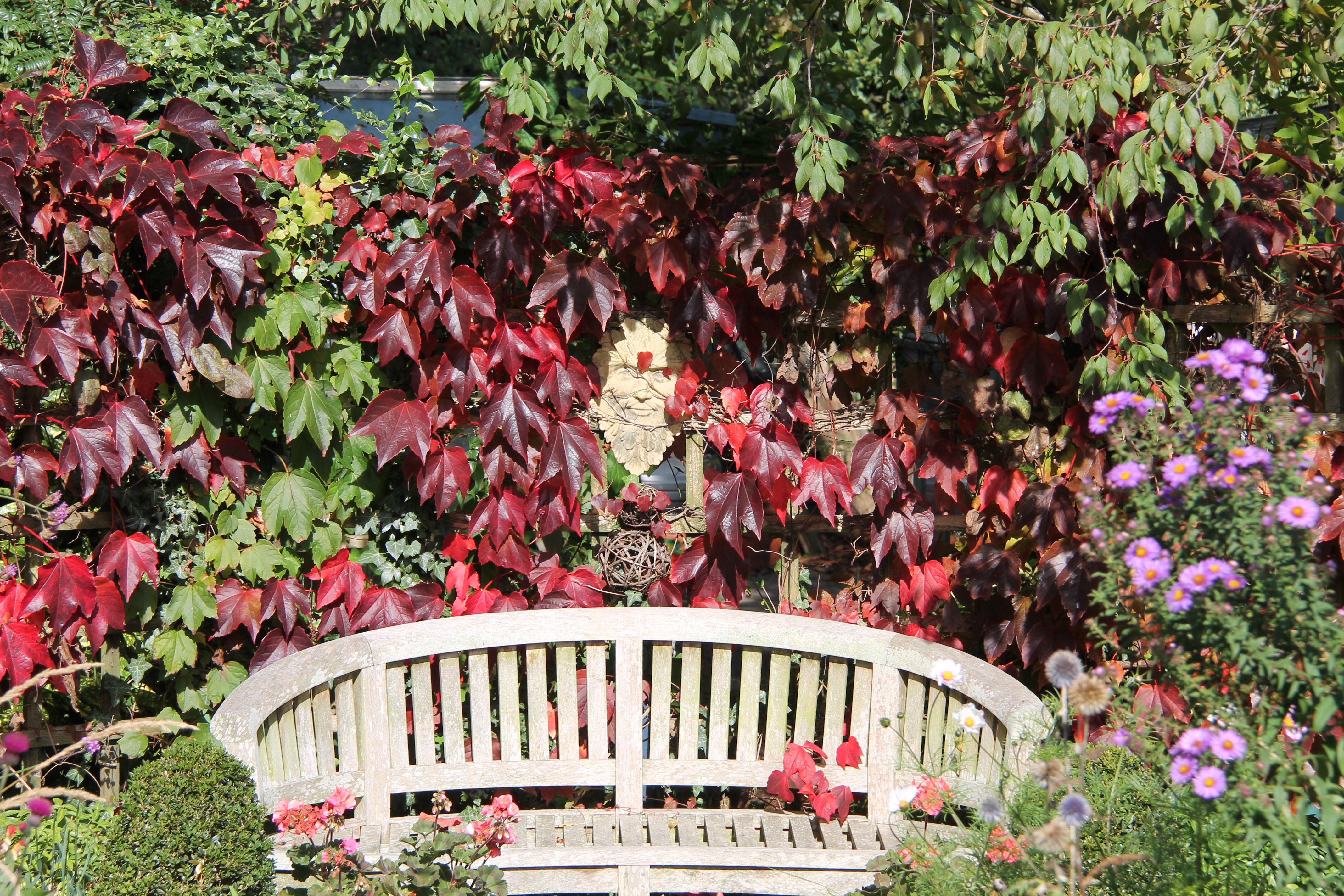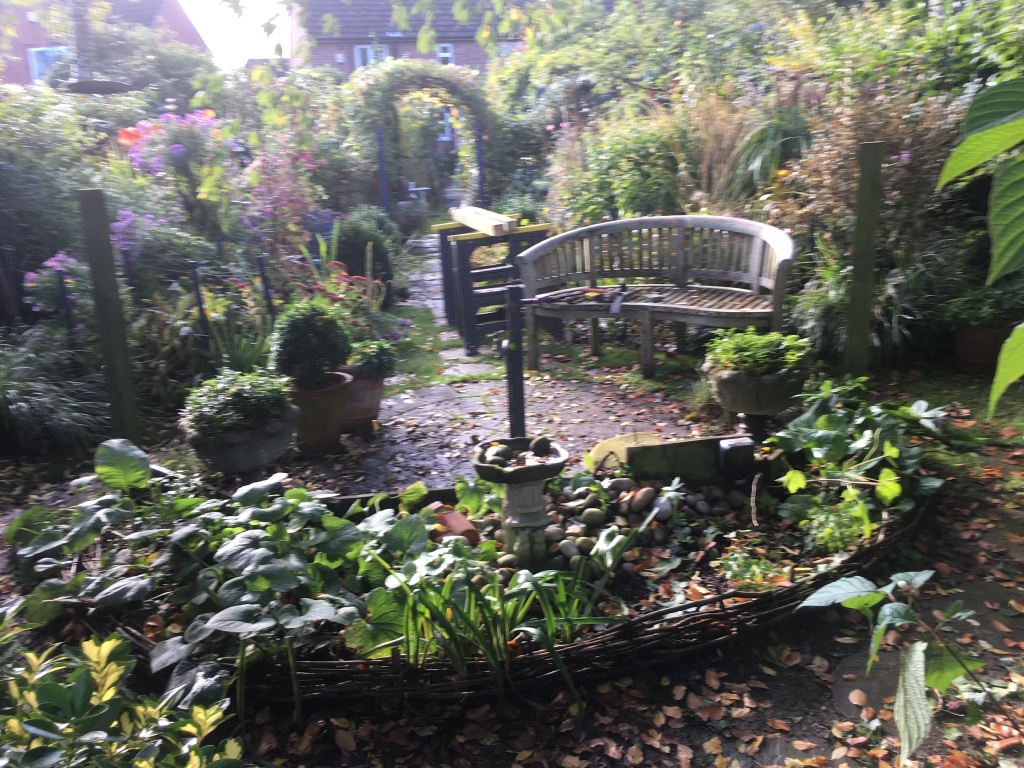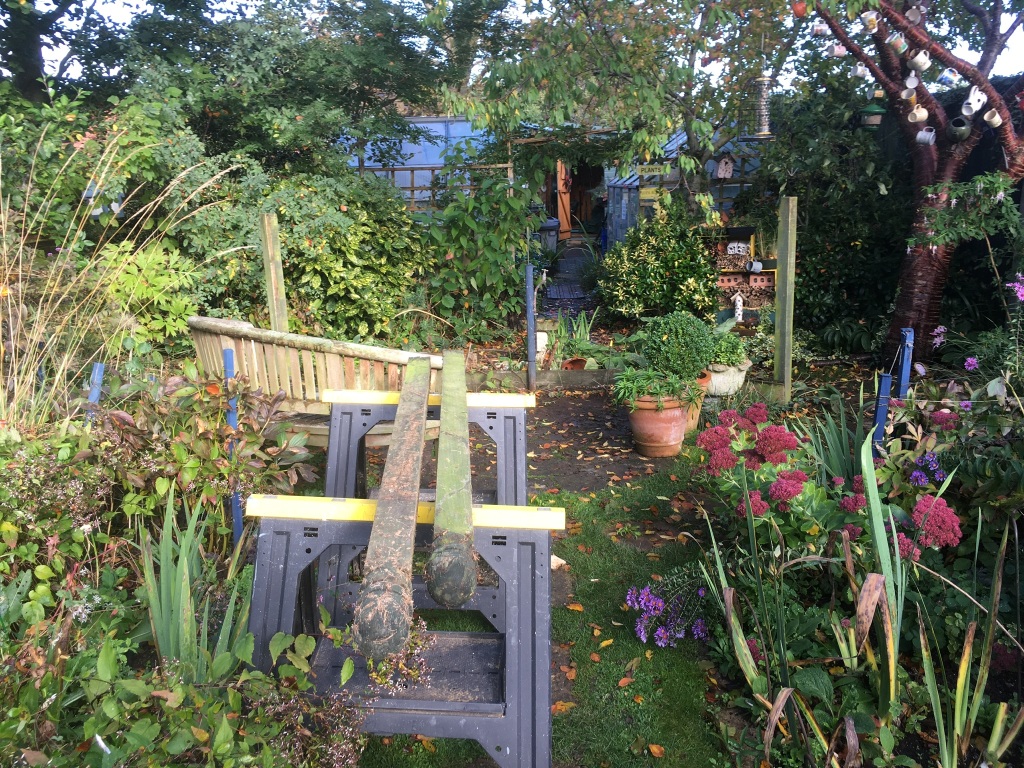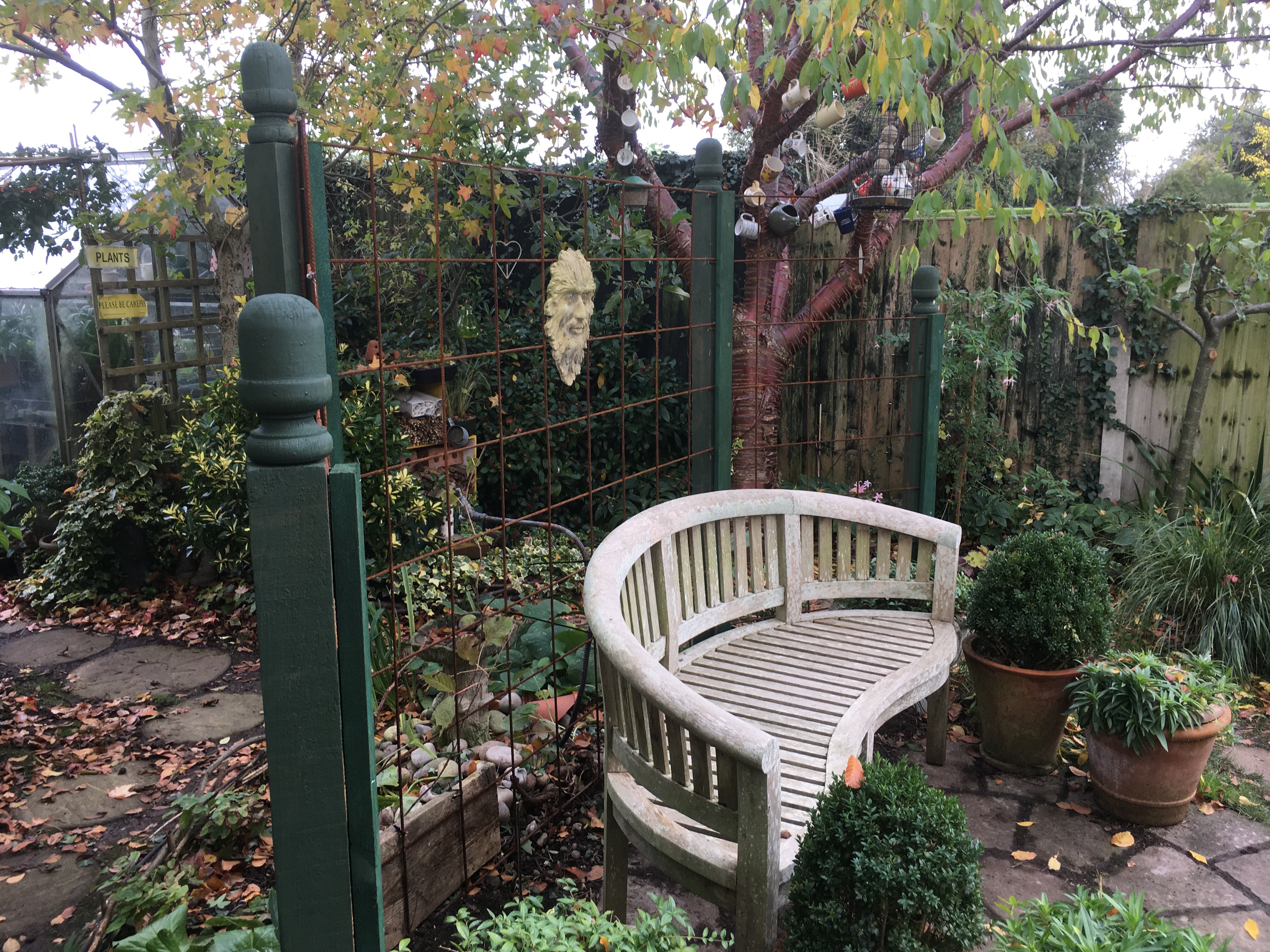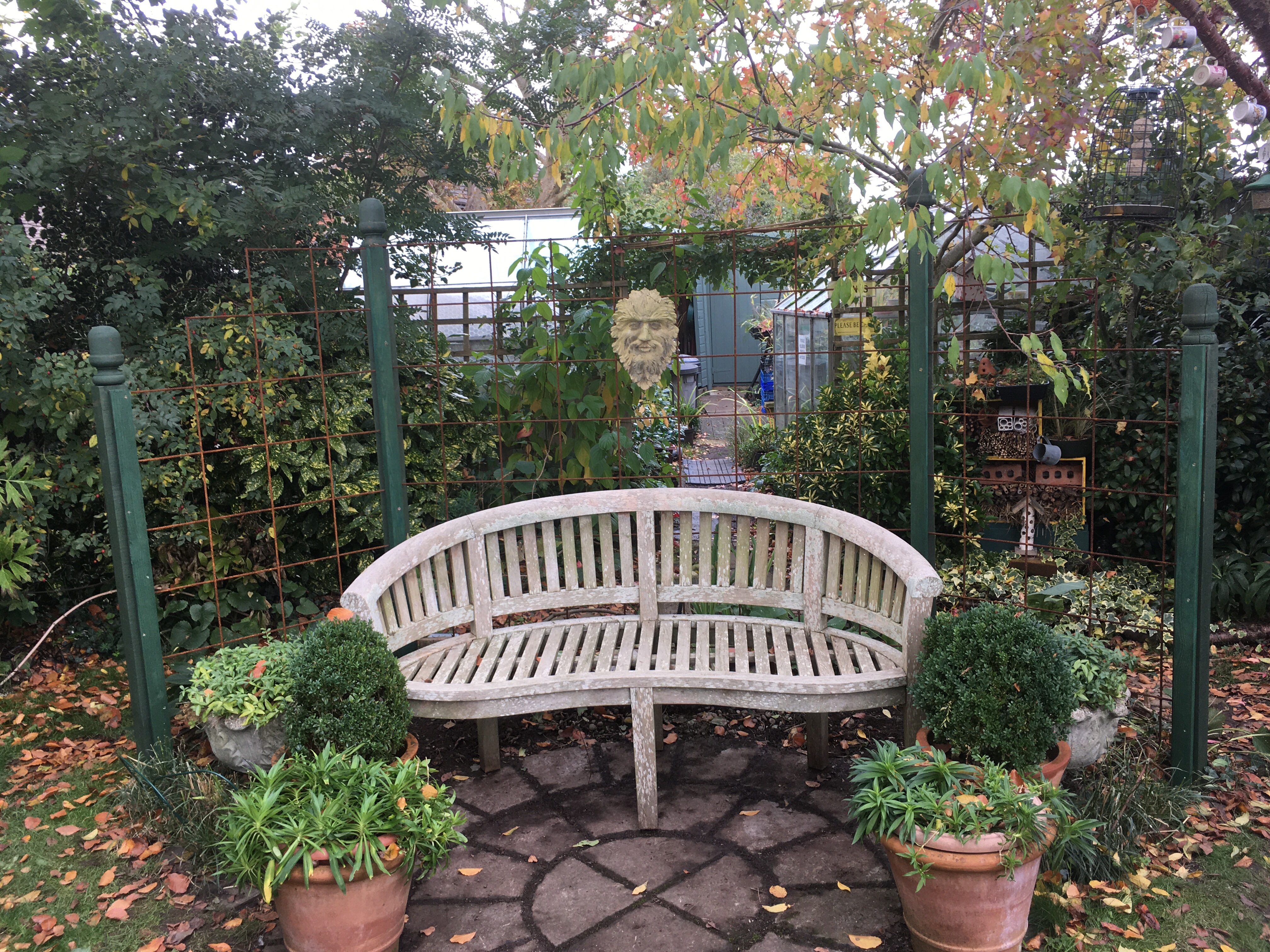I have long held the view that autumn is the beginning of the gardening year, preparing the garden and the plants for their winter rest before the explosion of spring and summer glory.
The main autumn project, this year, has been to move plants into their correct positions!
I am sure many of you can relate to the gardener’s curse of initially positioning plants in the wrong place.
Two of the first candidates for moving were the Cytisus, ‘Golden Cascade’ and Albus. While they produced wonderful spring colours and scent, they had become far too tall, even with some pruning.

I did not want to completely lose them, following a hard prune, I have moved them to the rear of the borders and hope with generous watering they will successfully establish. This has freed an area, which has been planted with Lupins and Foxgloves to flower in June for the open gardens. The lupins will be treated as annuals, in the Great Dixter way. Colourful exotics such as Dahlias and Cannas will follow.
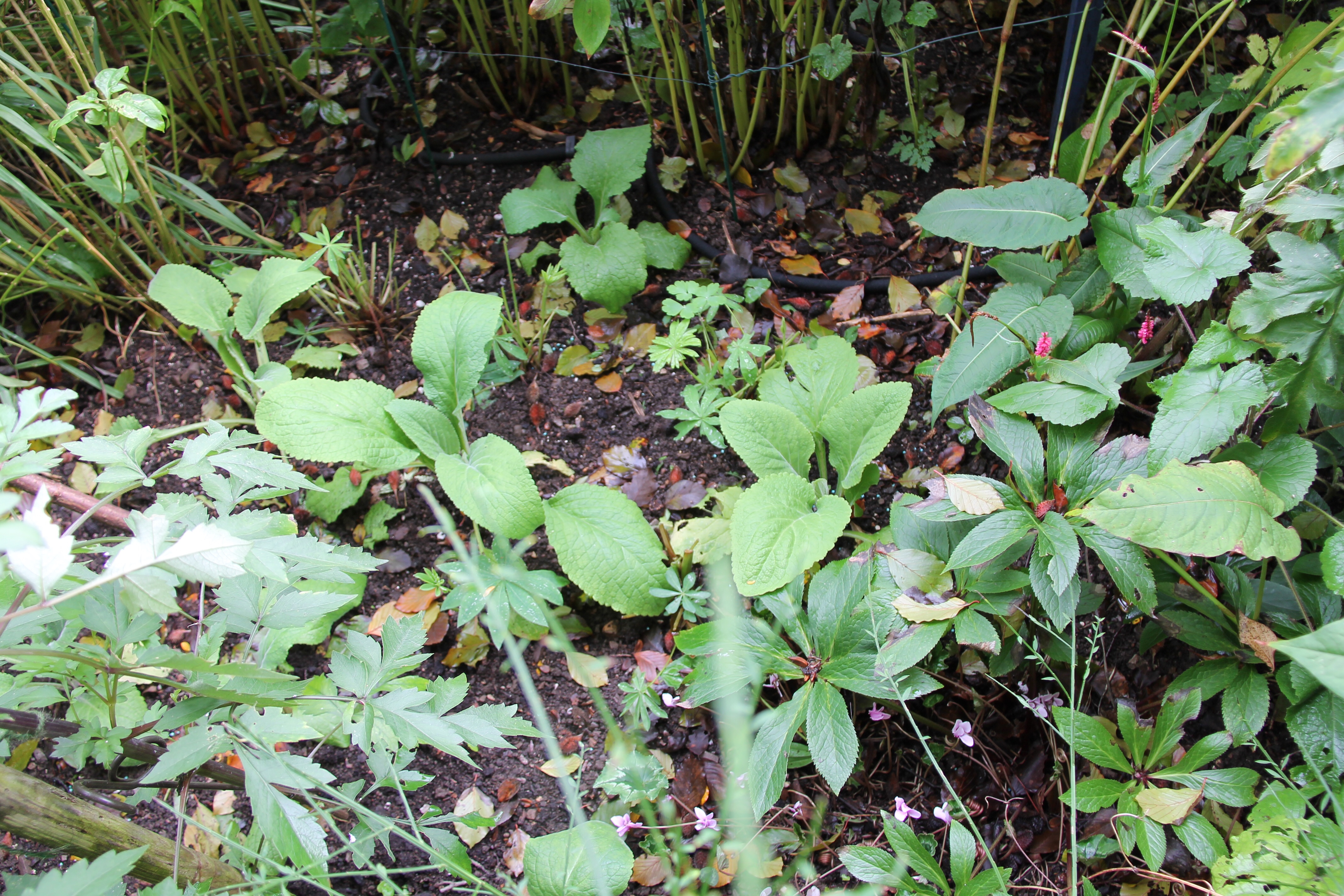

I have for some time had a yearning for a Cornus Kousa ‘Miss Satomi’. After ordering one two years ago, I planted it in the garden. Sadly it died during the winter. The nursery that supplied it kept promising to replace it. When visiting Pershore College plant centre, they had some very reasonably priced Cornus Kousa ‘China Girl’. One was purchased, then planted in ‘Miss Satomi’s allocated position. Soon afterwards the nursery rang to say they had a replacement for me, although they could only obtain ‘Milky Way’. I decided this would have to live in a large pot, on the patio by the entrance to the oriental garden, while I decided where it was going to live permanently.
This turned out to be an ideal position, we could see it from the dining room windows. Three slabs were consequently lifted from the edge of the patio to provide a permanent home. Ironically the flower colours are more like ‘Miss Satomi’ than ‘Milky Way’, The nursery has not returned my email asking if there could have been an identification error!

Several years ago I was given a Rhus hirta Staghorn sumac. Because of its reputation for suckering, it has been residing in a pot on the patio where we could enjoy its beautiful autumn colour.
Last year we inexplicably lost a five year old Snake-bark Acer from the middle of the blue border. This completely unbalanced the border, there is an Acer griseum on the opposite side. Not wishing to risk another reasonably sized, quite expensive tree, I decided to plant the Rhus there, after seeing one looking stunning with it’s autumn colours, in a Piet Oldoulf garden.

I may pot up any suckers to sell on our open days. I think it looks very colourful in its new home among the Asters and grasses.
Moving the plant theatre in project one, freed up an area. This provided a space to plant a Greengage tree that I had purchased as a young bare root tree two years ago. It had been growing on in a pot, now it is planted along with the rhubarb, emptying more large pots.
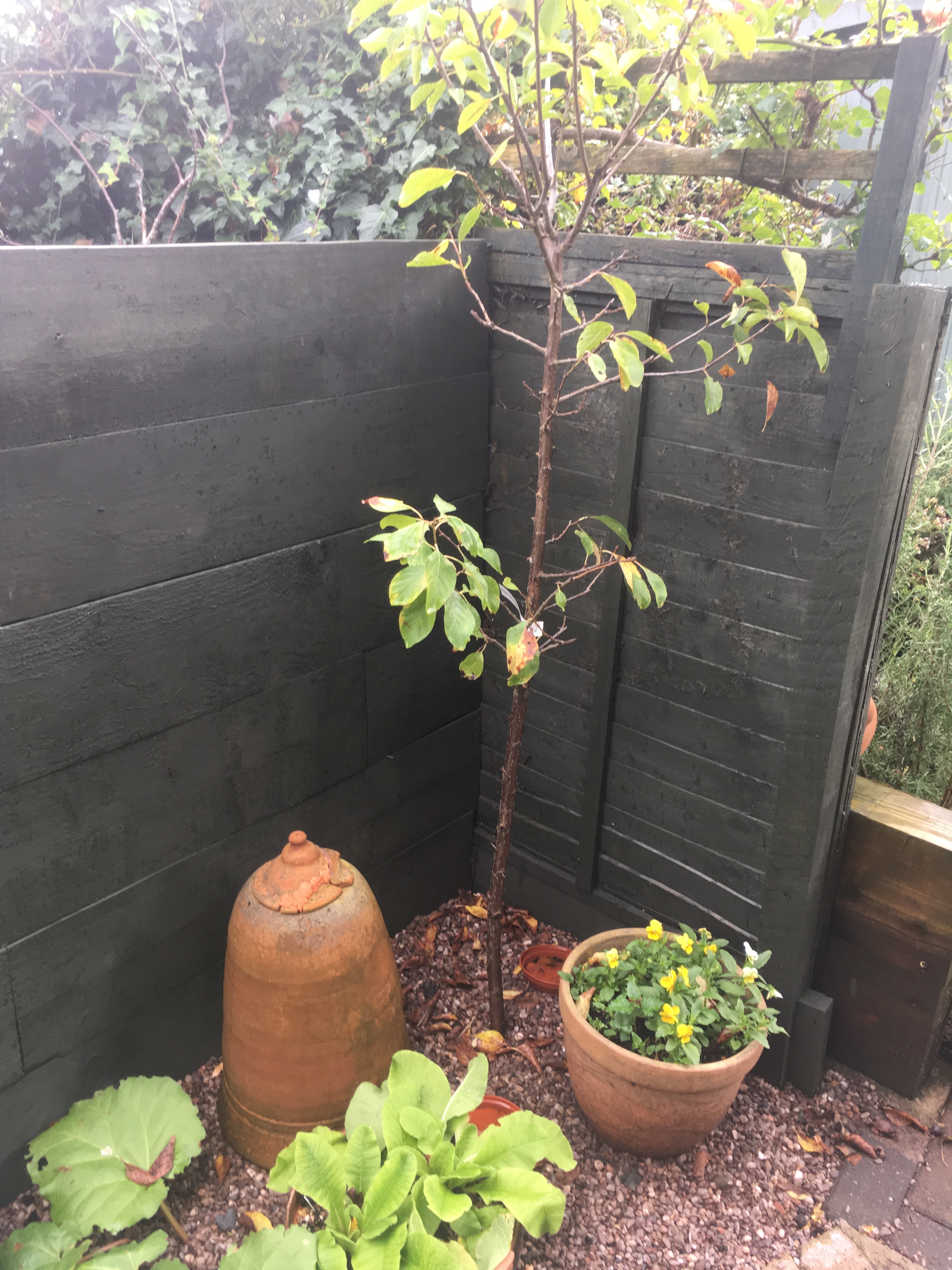
Having admired large pots packed full of colourful exotics and annuals in other gardens, all these freed up pots will provide an opportunity to do the same.

Now to plan filling these!
